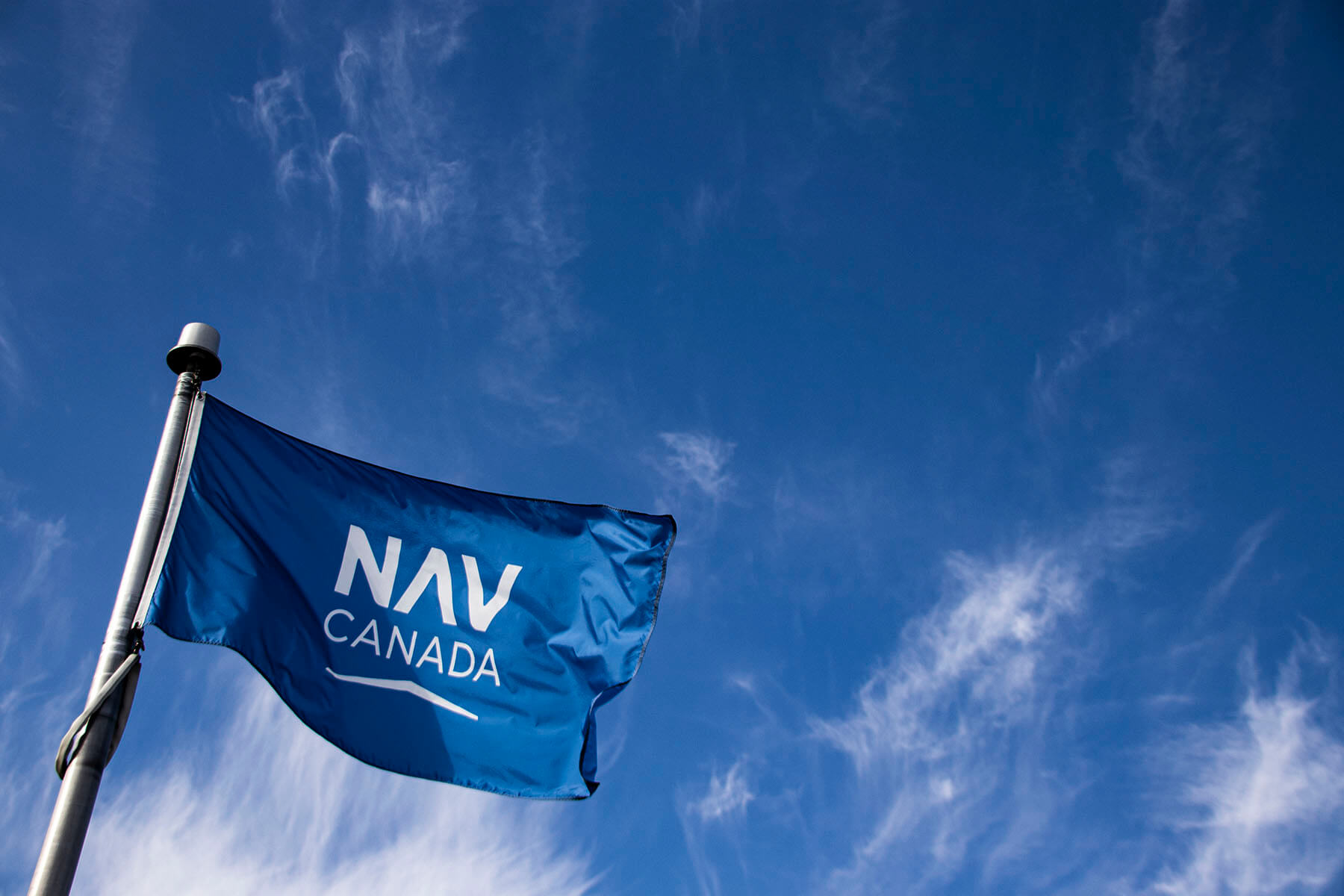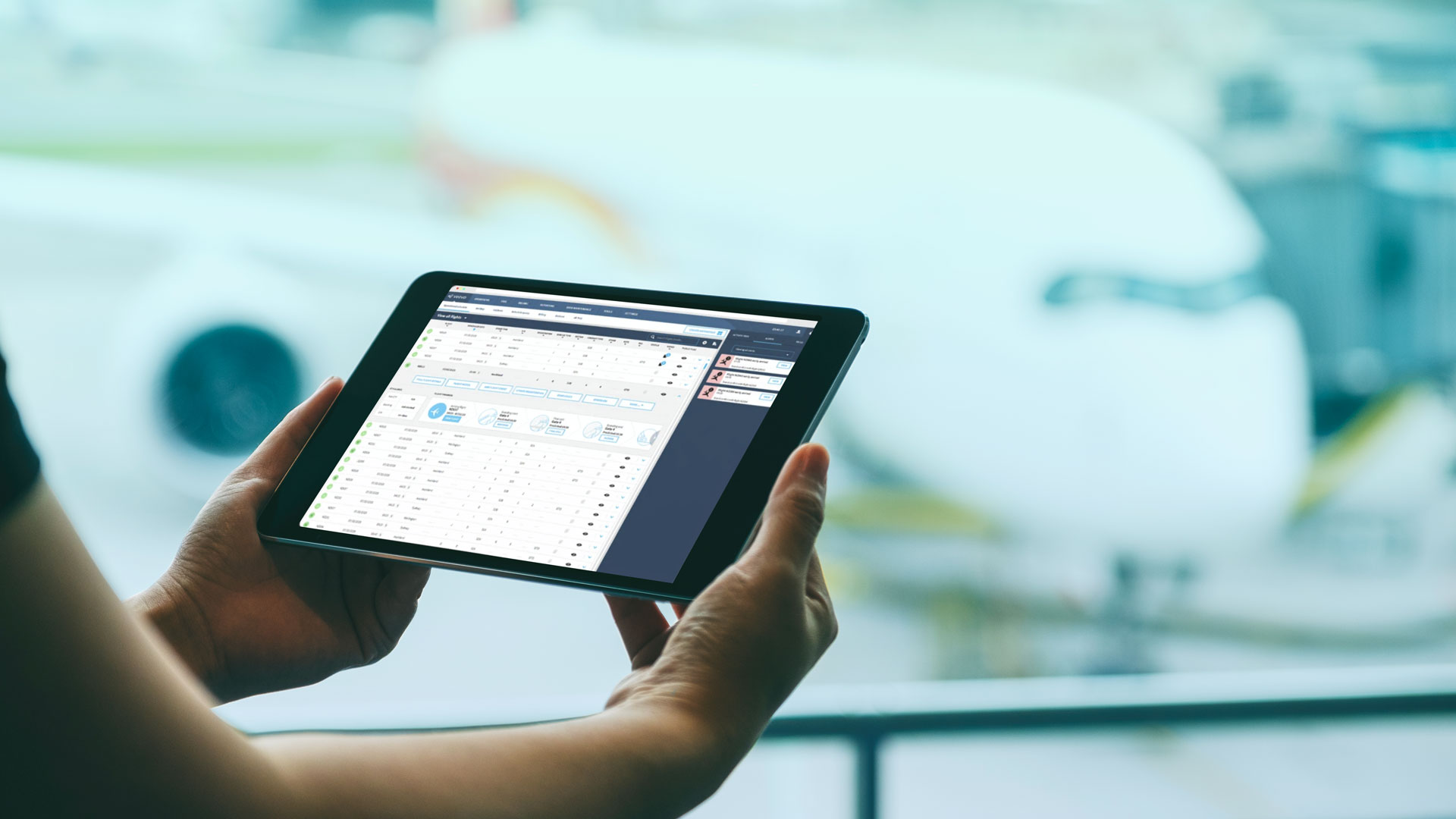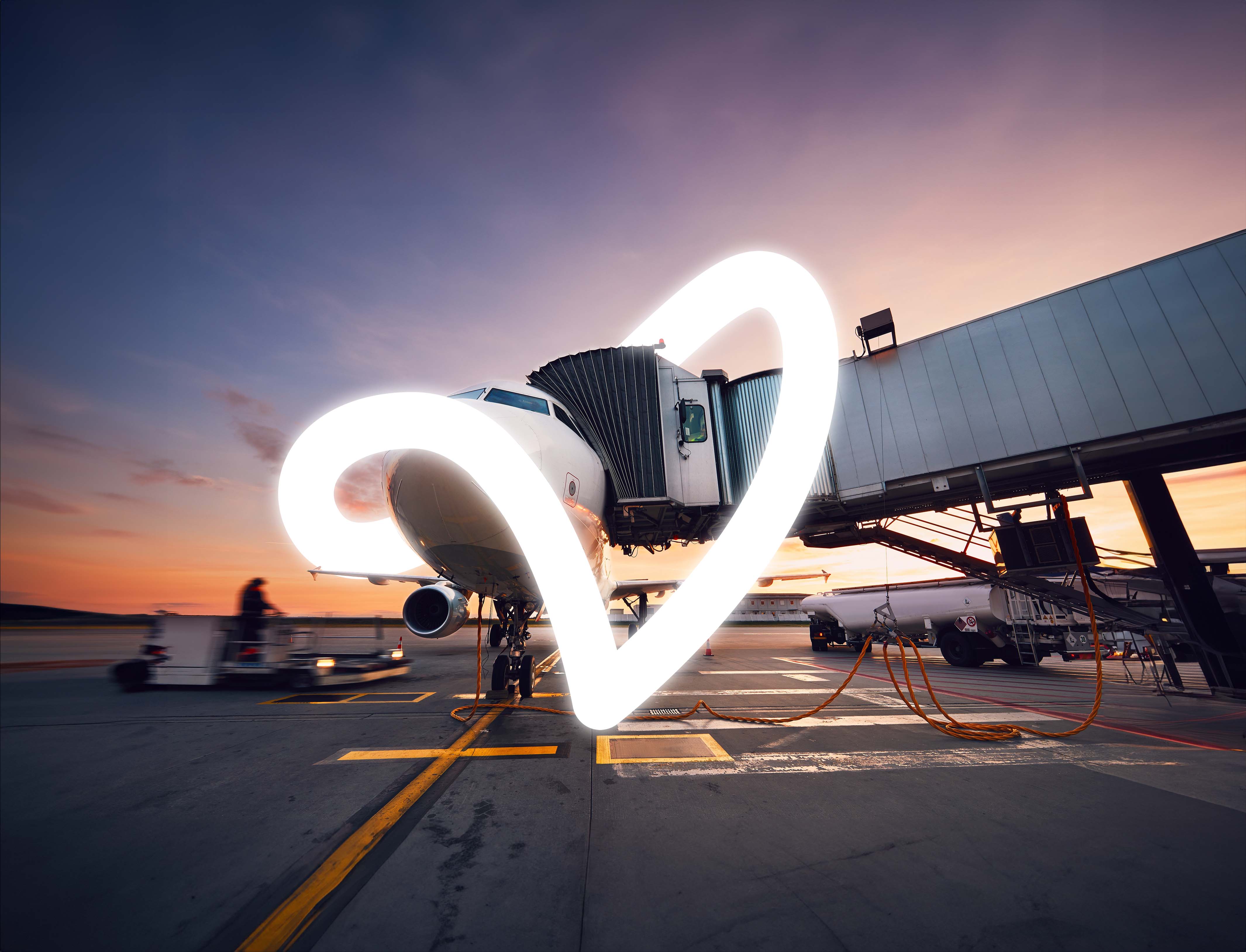As airports push the boundaries to enhance passenger experiences, there’s a tricky puzzle they’re grappling with – understanding how resource allocations directly shape journeys.
AI emerges as a strategic tool in this endeavour, predicting passenger show-up profiles from kerb to flight. By incorporating these insights into planning, airports can go beyond traditional Resource Management Systems (RMS) to create more resilient plans from the outset and proactively reallocate resources as needed, driving operational efficiencies and enriching the overall passenger experience.
Optimising Check-In Experiences
During busy holiday seasons, the sight of lengthy queues snaking through check-in counters is a familiar annoyance. Traditional RMS, guided solely by flight schedules and airline agreements (think: “5 desks for 3 hours before the flight”), often results in bottlenecks and congestion during peak hours. AI and its clever cousin, machine learning (ML), help airports to go beyond. By crunching historical show-up data and passenger demographics, ML accurately forecasts show-up profiles, paving the way for more precise counter allocations aligned with passenger flow dynamics.
But let’s not forget the curveballs – unexpected traffic jams or train delays that cause a flood of latecomers at the airport. Or technical glitches halting the smooth operation of counters and kiosks. Traditional systems struggle to adapt, leading to frustratingly long queues and delays.
Here’s where machine learning steps in again, constantly updating predictions based on real-time conditions. This proactive approach not only anticipates delays but, when integrated with resource management, can recommend or automate swift adjustments in desk and queue configurations as situations demand. For instance, premium carriers might open additional counters to boost efficiency, while low-cost airlines might extend allocation times to accommodate delayed passengers.
Furthermore, machine learning goes beyond just tweaking allocations. It optimises the physical layout of check-in areas, strategically minimising congestion and streamlining passenger flow. By analysing historical data and live passenger metrics, the ML-powered resourcing engine can recommend optimal counter placements and queue setups, ensuring a smoother check-in experience.
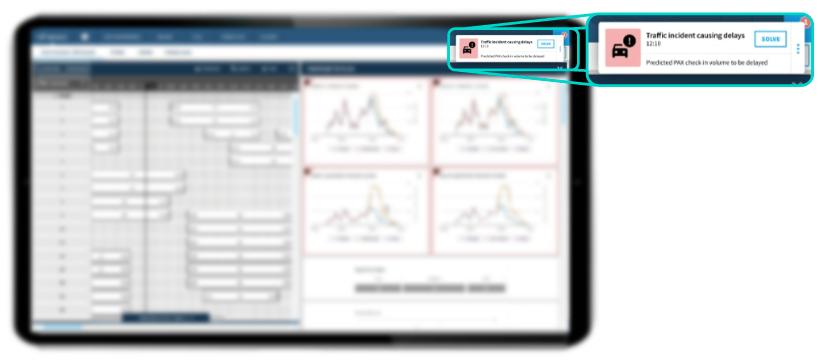
Optimising Transfer Experiences
Planning aircraft parking involves juggling capacity, airline needs, and the unexpected twists of each day. But what about passengers, especially those transferring between flights?
Integrating passenger flow predictions into gate assignments, coupled with real-time data, empowers planners to prioritise passenger experiences. Picture machine learning models analysing historical transfer patterns and providing timely alerts and allocation suggestions. This allows planners to minimise travel times between short connection routes, even in the absence of passenger transfer manifests.
AI’s role doesn’t stop there. Monitoring live passenger situations and predicting potential delays supports strategic resourcing decisions for quick turnaround flights.
Revamping the Arrival Experience
Enhancing the arrivals process requires a strategic overhaul in managing baggage handling and belt allocations based on passenger show-up forecasts. This entails a nuanced understanding of variables by flight, such as immigration wait times, passenger categories (e.g., Schengen vs. non-Schengen), and understanding the variance in baggage transport times from stands to the baggage hall.
By aligning these elements, airports can streamline resource allocation, prioritise baggage handling, and synchronise the arrival of luggage with passengers in the reclaim hall – for a speedy bag collection and efficient terminal exit.
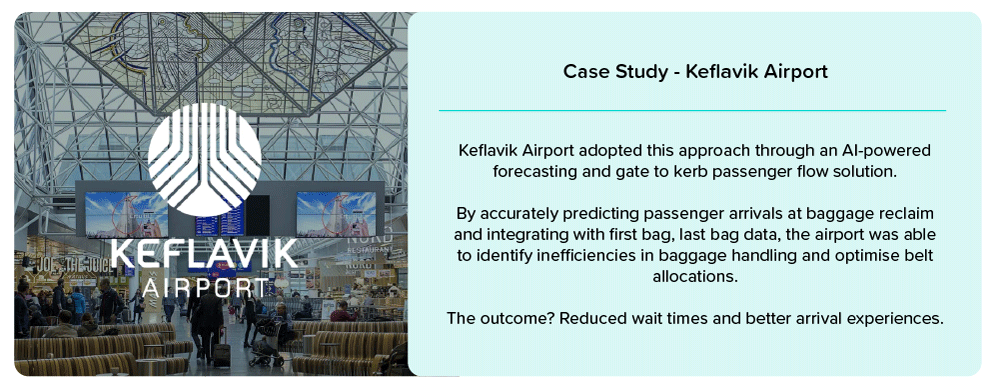
From Resource Management to Total Airport Management
Airports are no longer about managing flights and resources but crafting seamless experiences. By integrating machine learning and AI, operators are crafting a smarter way to handle gates, counters, belts, and buses. It’s like upgrading from a basic toolkit to a supercharged system that’s not only efficient but also environmentally and passenger-friendly.
It’s time to go beyond traditional resource management approaches and advance quickly towards Total Airport Management.
Veovo’s “Airport ML at scale” approach leverages insights from airport client engagements, resulting in a prediction engine that not only enhances our product range but can also be seamlessly integrated as a service into existing infrastructure.
We believe this represents the future of airport technology, where advanced services seamlessly integrate with operational applications like Resource Management Systems to deliver real operational benefits.
Get in touch to learn more about moving beyond traditional resource management and how you could take steps towards Total Airport management.

